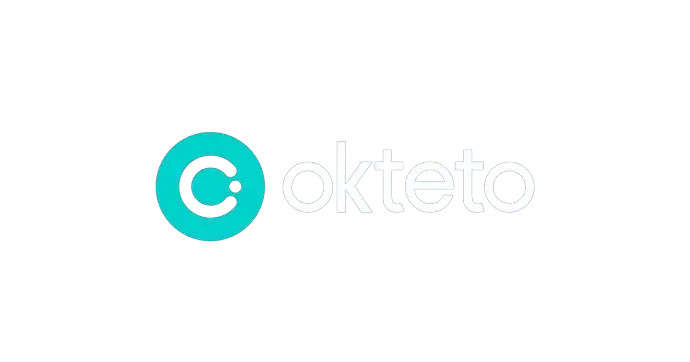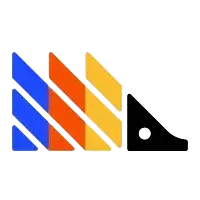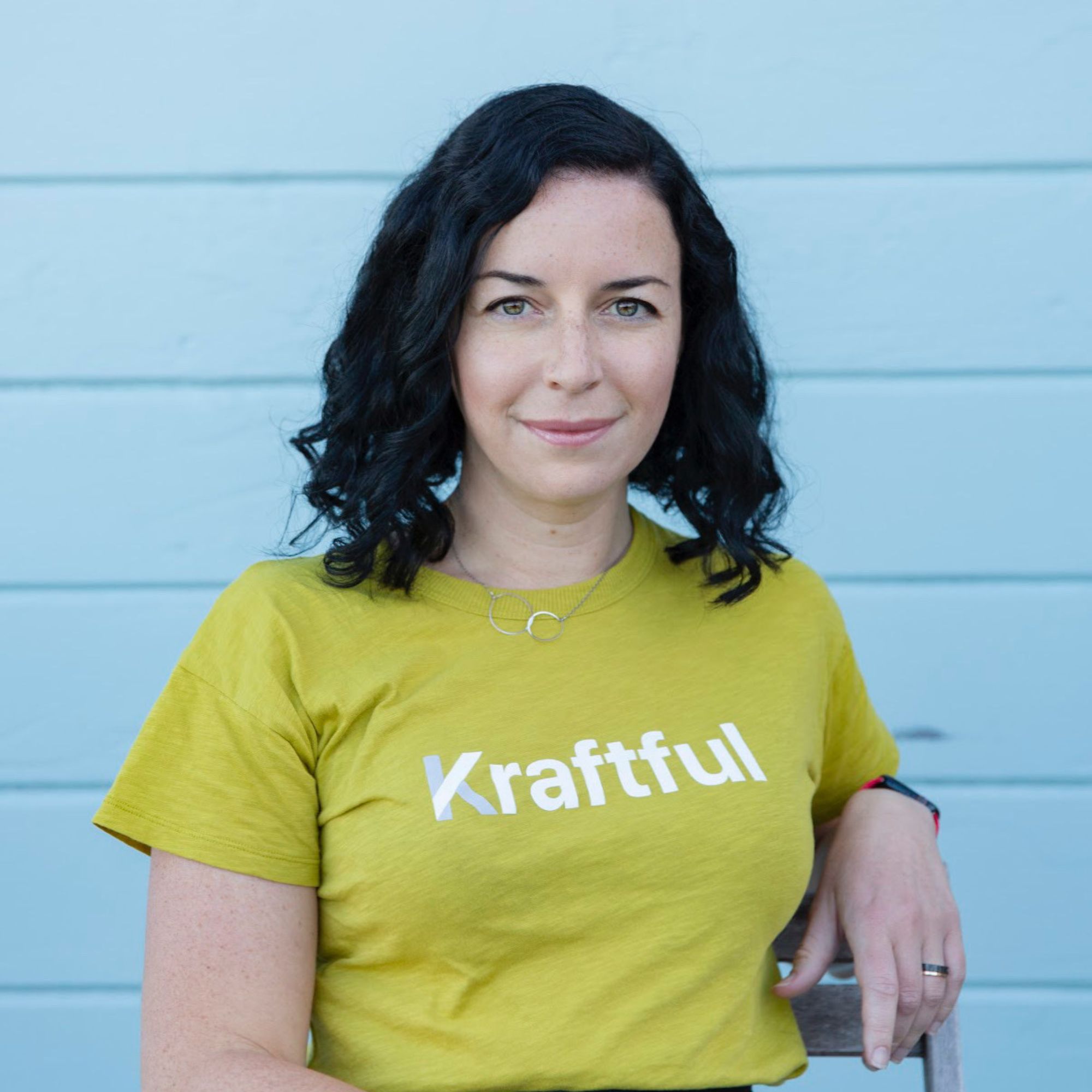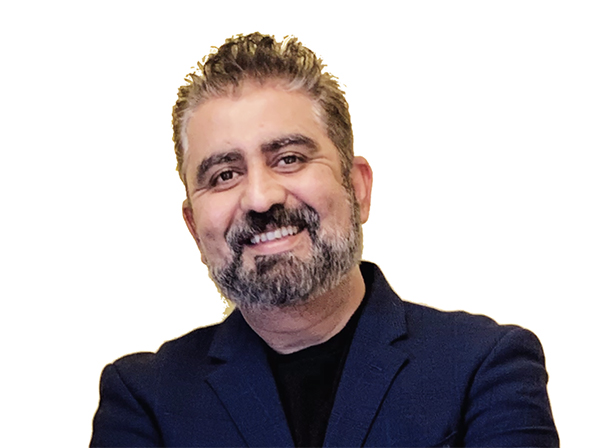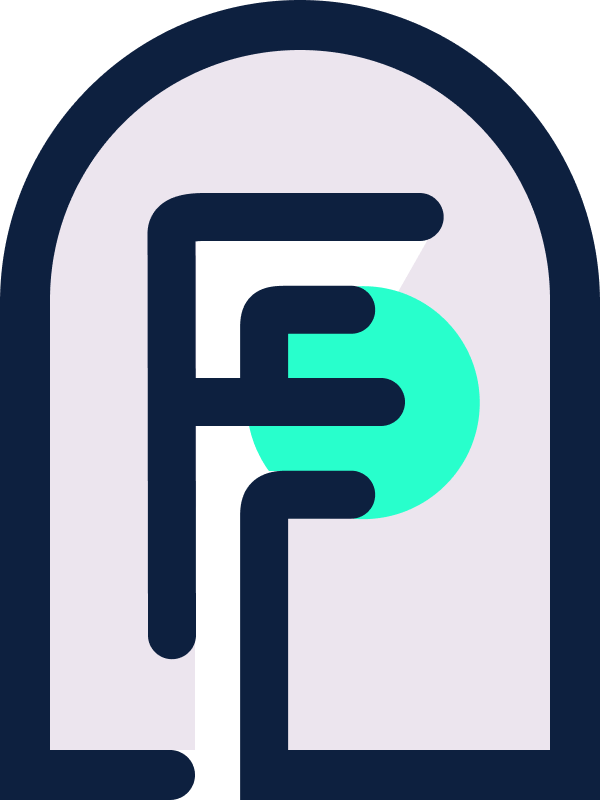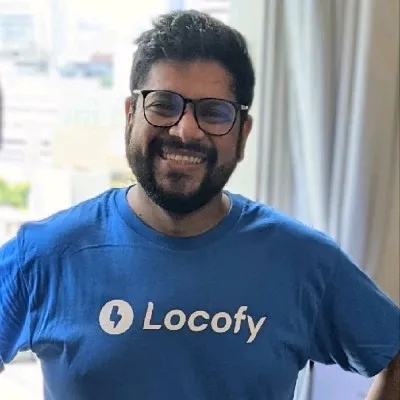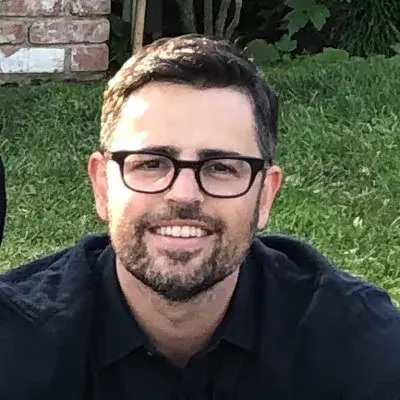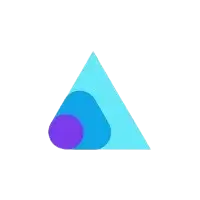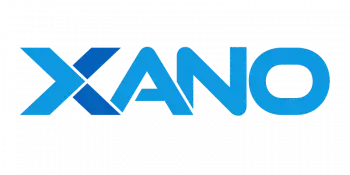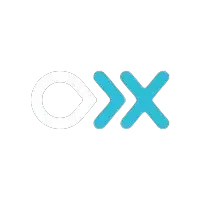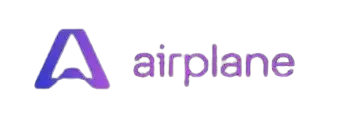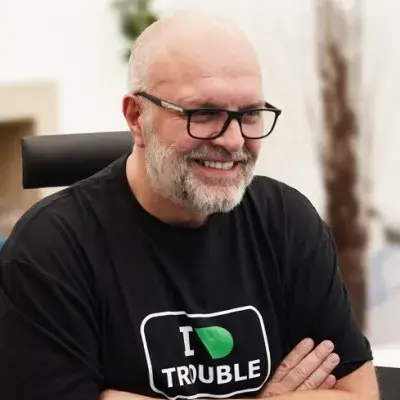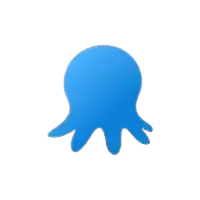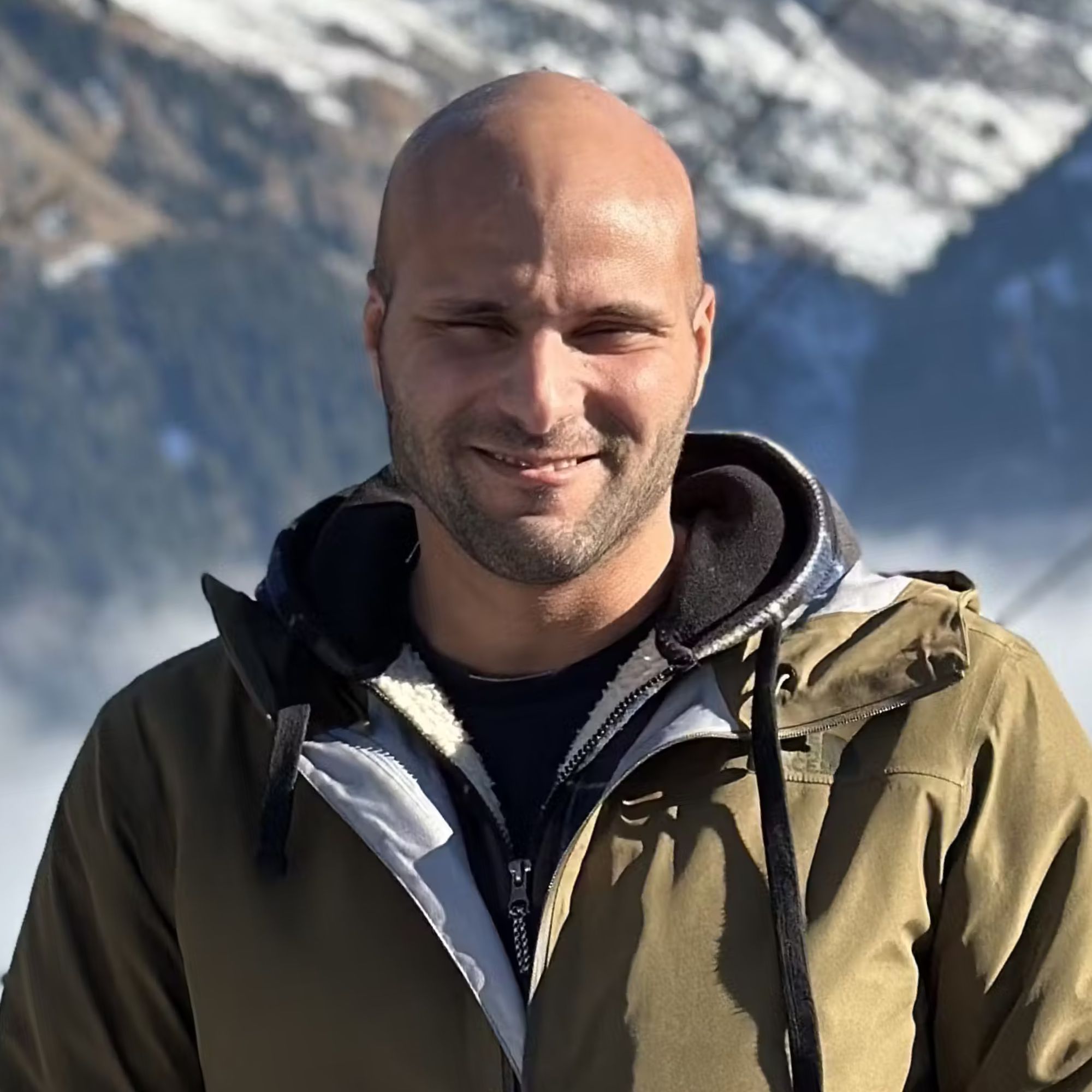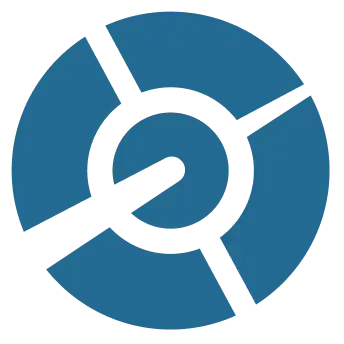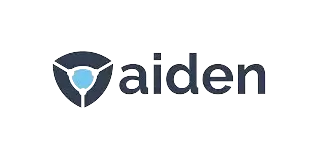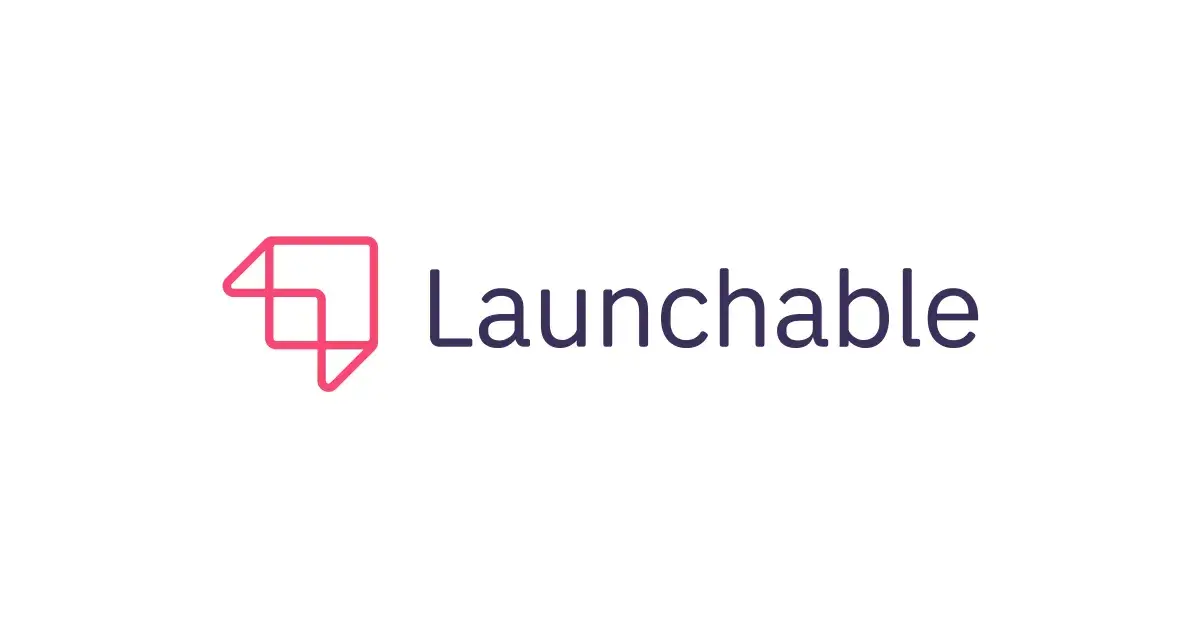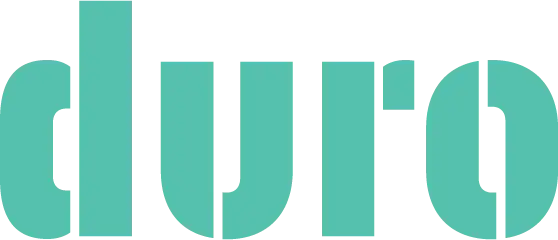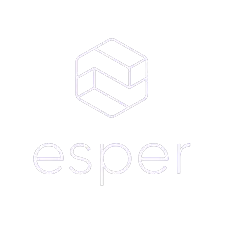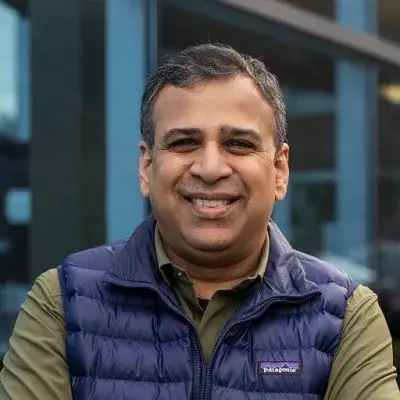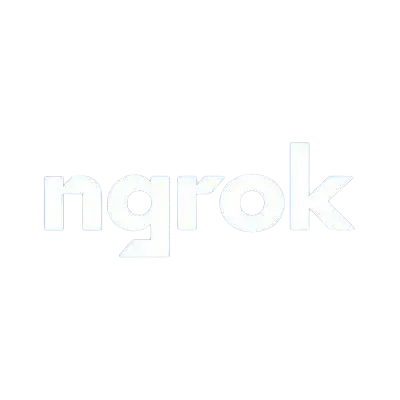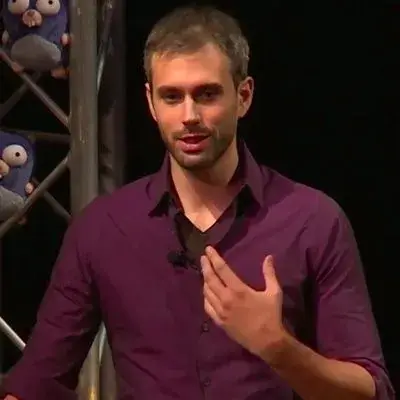Ready to launch your own podcast? Book a strategy call.
Frontlines.io | Where B2B Founders Talk GTM.
Strategic Communications Advisory For Visionary Founders
Conversation
Highlights
From Microsoft Azure to Building the Next Enterprise Infrastructure Category: Lessons in Technical Product GTM
Microsoft veterans turning founders isn’t a new story in tech. But when a former Microsoft GM who helped launch Azure and Azure Active Directory decides to tackle enterprise authorization, it’s worth paying attention to the lessons in bringing deeply technical products to market.
In a recent episode of Category Visionaries, Omri Gazitt, founder and CEO of Aserto, shared insights from his journey of building a new enterprise infrastructure category. His experience offers valuable lessons for technical founders navigating the challenges of product-market fit and category creation.
The Power of Identifying Unsolved Problems in Plain Sight
While at Microsoft, Omri helped launch what would become Azure Active Directory. This experience revealed a crucial insight: while authentication had clear standards and solutions, authorization remained an unsolved challenge.
“Authorization is a more domain specific problem,” Omri explains. “If you have a candidate tracking system, you want to be able to define a set of roles and permissions that are specific to that application… And so there aren’t really any standards for that.”
This observation led to a key strategic insight: domains that lack standards often present the biggest opportunities for category creation.
The Double-Edged Sword of Category Creation
Creating a new category comes with unique challenges. “We’ve gone from zero when we first started to about ten companies that are doing roughly what we’re doing, which is a blessing and a curse,” Omri notes. While competition validates the market need, it also creates noise in a nascent category.
The solution? Omri suggests looking to historical patterns in enterprise infrastructure. “I’m old enough to go back to the days of databases, pre-SQL and pre-ODBC,” he shares. “The database category didn’t really take off until you had a common language SQL… that basically standardized a lot of the language elements.”
This insight reveals a crucial strategy for technical founders: sometimes growing the category itself is more important than immediate competitive differentiation.
The Zero-to-One GTM Challenge
The hardest part of building a new technical category isn’t always the technology. “The biggest problem is not necessarily the tech, it’s always how are you going to take it to market,” Omri explains. “Who is the user, who’s the buyer, who are the people that are going to have the biggest pain… How do you find those people or how do you help them find you at the exact moment that they have the problem?”
This challenge is particularly acute for founders coming from large tech companies. As Omri notes, “Working in a big company like Microsoft, there’s so much awareness of what Microsoft does and new things and there’s so many channels that are already established… whereas as a startup you just have to build that from zero.”
Finding Product-Market Fit in Technical Markets
For technical founders, understanding what true product-market fit looks like can be tricky. Omri offers a nuanced perspective: “We have a lot of good early indications that the problem that we are solving resonates and resonates strongly. But for product market fit… you really want there to be strong pull from the market on your solution.”
This insight highlights a crucial difference between problem-solution fit and true product-market fit. While many technical founders focus on solving hard problems, creating market pull requires a different set of skills and strategies.
The Path Forward
Omri’s vision for Aserto reveals how technical founders should think about long-term category creation: “Our vision is to basically be the enterprise control plane for authorization in the age of SaaS and Cloud.”
The key lesson? Technical founders need to balance immediate product development with long-term category vision. As Omri puts it, “You don’t want to kind of go in too early because pre-standardizing things before you actually have some market pull is dangerous. But for this to really grow as a category… we’ll have to go create some standards and then compete within those standard frameworks.”
For technical founders building new categories, these insights highlight the delicate balance between technical excellence and market development. Success requires not just solving hard technical problems, but also carefully orchestrating the emergence of entirely new market categories.
Actionable
Takeaways
Target Pain Points for Early Adoption:
Omri's approach with Aserto highlights the effectiveness of targeting specific pain points within niche markets for early product adoption. For B2B founders, focusing on solving distinct, pressing problems for businesses can accelerate initial traction and customer acquisition.
Build for the End-user, Not Just the Buyer:
Aserto's strategy underscores the importance of developing solutions that cater not only to the decision-makers or buyers but also to the end-users within organizations. This dual focus can enhance product value and user satisfaction, fostering stronger customer relationships and long-term retention.
Utilize Strategic Content to Educate Your Market:
Given Aserto's efforts to define and grow a nascent category, a key takeaway for B2B founders is the value of producing educational content that addresses both the problem space and the solution. Such content can raise awareness, build category recognition, and position your company as a thought leader in emerging fields.
Collaborate for Category Growth:
The notion of collaborating with competitors to define and grow a new category, as mentioned in Omri's strategy, offers a unique lesson in GTM execution. Founders can consider strategic partnerships and collective efforts to establish standards and practices, benefiting the entire ecosystem and accelerating market adoption.
Feedback Loop for Product Evolution:
Omri's experience points to the importance of establishing a continuous feedback loop with early adopters to refine and evolve the product offering. B2B founders should prioritize customer feedback to ensure the solution remains aligned with market needs and user expectations.


